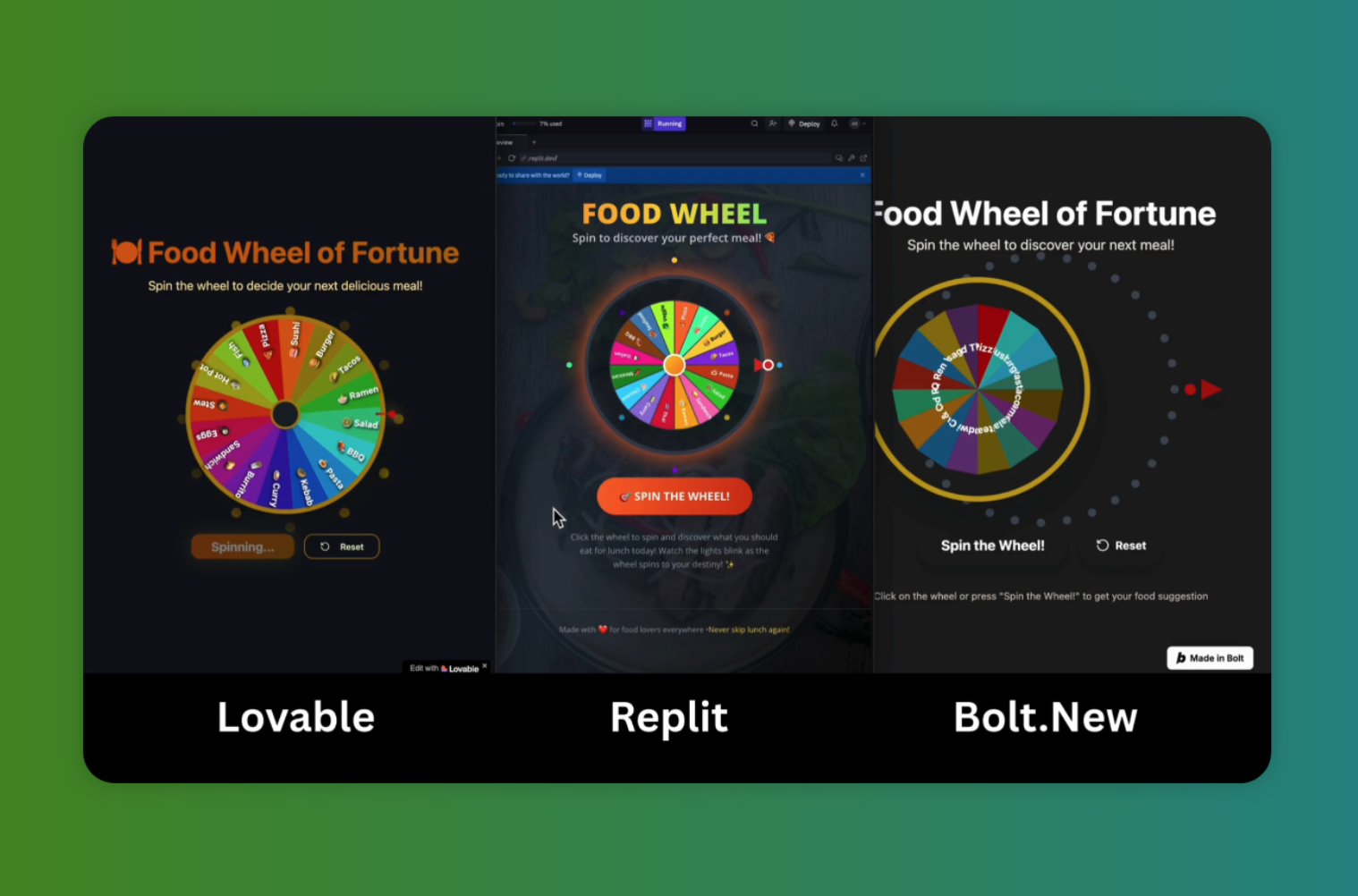· Enterprise AI · 3 min read
The Underserved Developer Tools Market
While no-code tools dominate, developers who do everything need scriptable, API-first tools. This underserved market is growing fast.

Many companies are serving the no-code market, to help non-coders ship things fast. The competition is intense there. But there is another group getting less attention: developers who want to do everything: design, market, sell, support. They want dev-friendly tools that fit how they work. With the rise of solo devs, this demand is getting stronger, but it is still underserved. If you jump in and solve real pains, you can build a successful business.
Project tracking. Our small team is mostly engineers (AI, mobile, web), and whenever we pick a tool, one critical requirement is “dev-friendly.” For project tracking, we use ClickUp. We pick what is simple and lets us build fast. ClickUp has APIs and automations, so we can script work instead of clicking the same buttons all day. It links with GitHub, so commits and PRs can update tasks when we include the task ID. For us, that is enough. If you want deep workflows, Jira can go further. But for a small dev team that moves fast, ClickUp is a solid fit.
Lifecycle emails. We just started doing lifecycle emails for our paid web users. We never onboarded or followed up after signup or payment. Why? Because we are developers, so we usually shy away from marketing tasks. But at some point, we have to do it to keep a good relationship with users. So we did a survey and picked Resend, because the API is easy to understand, the free quota is generous, and it has templates. Kind of perfect for what we want right now. Later, if we need more, we can move to a bigger platform.
A code-first Canva. Canva is great for quick creative assets, but it is click and drag. I want the same result via code only: I can set a template, pass JSON, and get back images or short videos. That way, I can run it again and again. Such products already exist, but I have not tried to find one yet. The demand from developers is real.
Why now. If LLMs make more one-person companies possible, as many predict, then devs will do the whole pipeline: design, emails, SEO, support, billing, taxes, and more. Tools that are simple, scriptable, and friendly to code will save their time. If you build dev-friendly tools for these jobs, you can help them make things fast. The market is expanding now thanks to LLMs. So now is the time to pick one node in the pipeline and build a dev-friendly tool to serve them.



